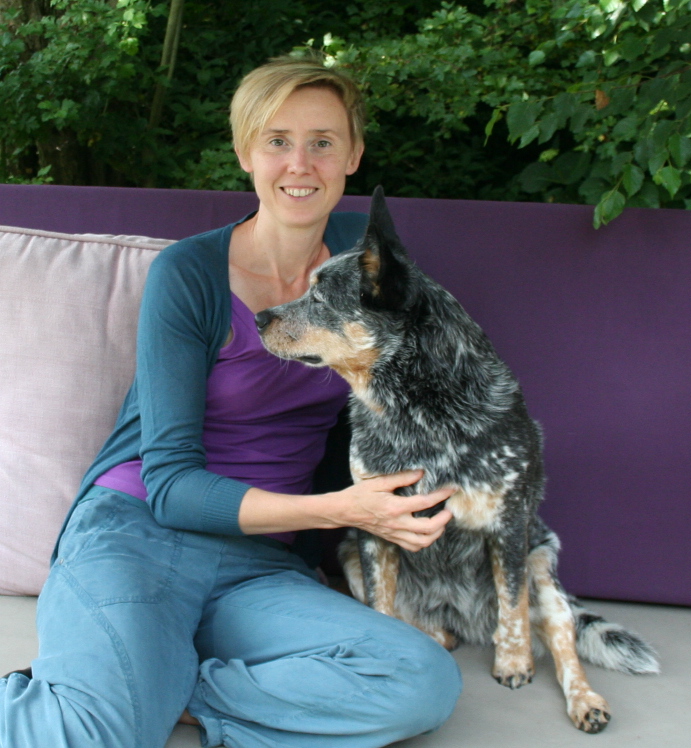How good is your dog at processing and integrating all the sensory stimuli and come to an adequate response/behaviour/movement?
We and our dogs, perceive the world around us through our senses. This world can be an overwhelming place if the sensory stimulation is too much or if there is a problem with HOW this information is being processed. Sensory integration (SI) therapy considers how stimuli are being processed in the brain and works with specific exercises to have a positive influence on the processing and integration of sensory information. SI exercises can affect behaviour, emotional stability, confidence, concentration and focus, social behaviour and much more. In SI exercises for dogs, Els uses mainly 3 senses purposefully to help the dog develop a good and solid body map. The principles for these exercises will be explained in theory and through video examples. The equipment used for these exercises is very simple and inexpensive, it can easily be made at home. This course is designed to give the participants a general idea of what Sensory Integration is and how it can benefit their dogs.
Topics:
- What is Sensory Integration
- How can we understand it from a human perspective and how is it relevant to dogs
- Theory with some basic neurology
- 8 senses to integrate, focusing on 3 senses for the therapeutical aim
- What type of SI difficulties do we see in dogs
- How to recognize SI difficulties
- Self-regulation
- Polyvagal theory and SI
- Benefits of SI in puppy and young dog development, in
behaviour adjustment cases, for senior dogs, in physical therapy for dogs with instability issues ...
- The need for SI in basic daily life skills
- Case studies
- Looking at some specific exercises to promote Sensory Integration
Hi, I'm Els and this is my girl Lissa.
After studying for 11 years in the field of physical therapy for humans (physiotherapy, manual therapy and osteopathy) Els' interests shifted to canine behaviour and she followed courses with Turid Rugaas and Amber Batson, among others.
Now she is combining all these different fields in her own Belgian-based business FreeDogz.
Els is an international speaker, she has given lectures and workshops in several countries. The main topics have been the anatomical reasons in a dog’s neck to use harnesses and sensory integration for dogs, a new look at behaviour and behaviour modification. Above all, she is passionate about sharing her insights to help dogs and their owners.
With a keen understanding that the body and emotions cannot be separated, Els has successfully used sensory integration in both canine motor rehabilitation and canine behaviour therapy.

